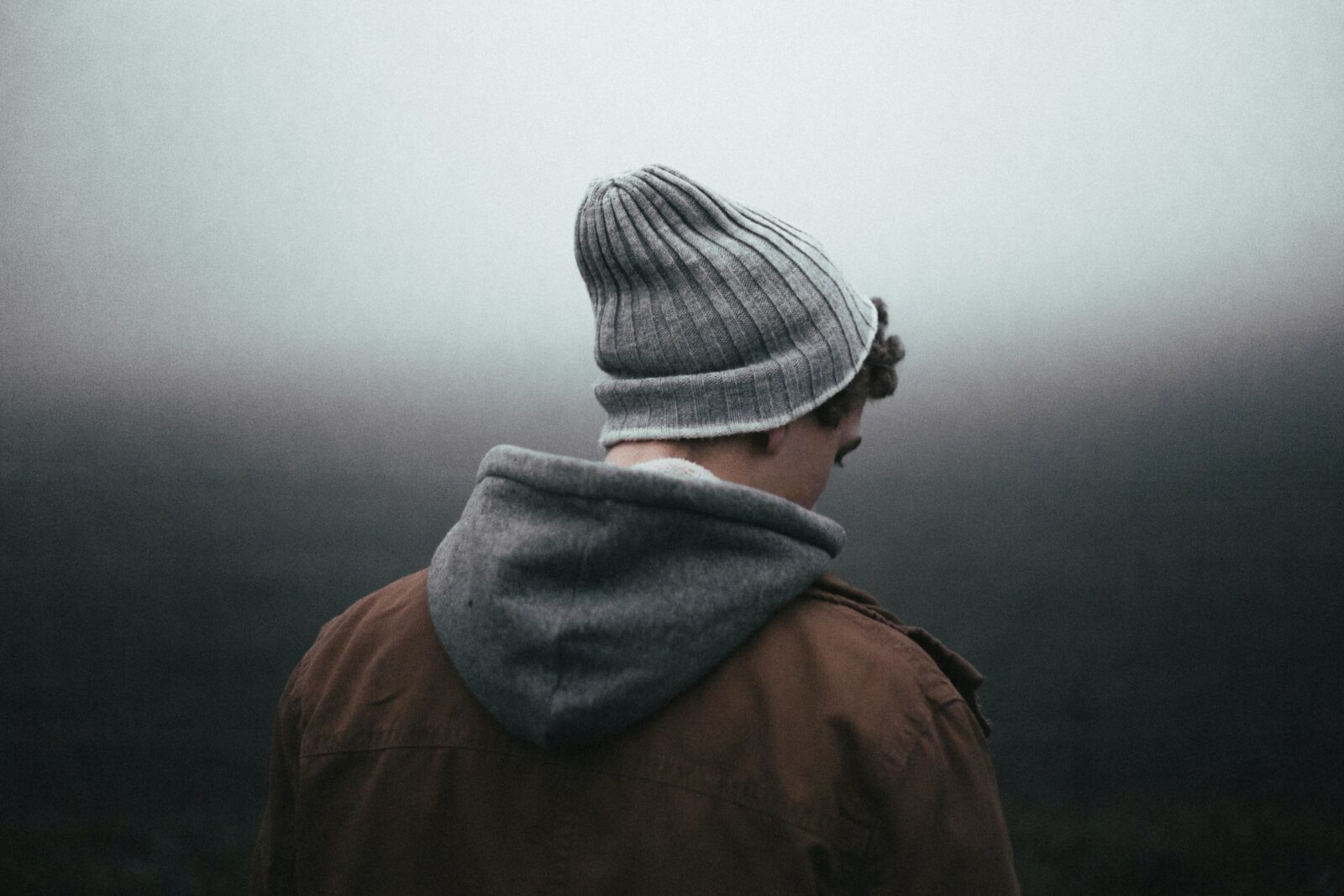Seasonal affective disorder (SAD) is a form of depression that is believed to be triggered by the drop in exposure to sunlight during the autumn and winter months. It usually affects those with fair complexions and those living far from the equator. People with SAD tend to have the following symptoms:
- Excessive sleeping – This is often one of the first symptoms experienced by people with seasonal depressions, who may want to sleep away more time than usual. You may also feel tired when you wake up in the morning, even though you are getting enough sleep during the night hours.
- Loss of interest in usual activities – If you find yourself losing interest in activities that usually give you pleasure, this could be a sign of seasonal depression.
- Trouble concentrating – People with seasonal depression often have trouble focusing on tasks at work or school, and they might have difficulty completing their daily chores due to an inability to pay attention.
- Changes in eating habits – Some people with seasonal depression lose their appetite and start experiencing cravings for particular foods that they normally would not eat.
If you’re susceptible to SAD, these tips will help you cope:
- Stay active. Exercise releases endorphins, which can increase your mood and stop those winter blues. Some people find that their energy levels rise as the day brightens, so plan some early morning activities. Expose yourself to natural light as much as possible. One study found that people who were exposed to simulated bright light for 30 minutes every morning experienced less of a drop in their mood than those who were exposed to dim light or no light at all.
- Get outside – walk at lunchtime and take your dog for a walk after work, if possible. Just 10 minutes of daily exposure can boost serotonin production and help lessen symptoms of SAD.
- Stay connected with friends and family members. You don’t have to talk about your feelings, just stay connected with others who care about you. Many people report feeling better just knowing they’re not alone in their struggles with depression, anxiety or other mental health issues.











Leave a Reply